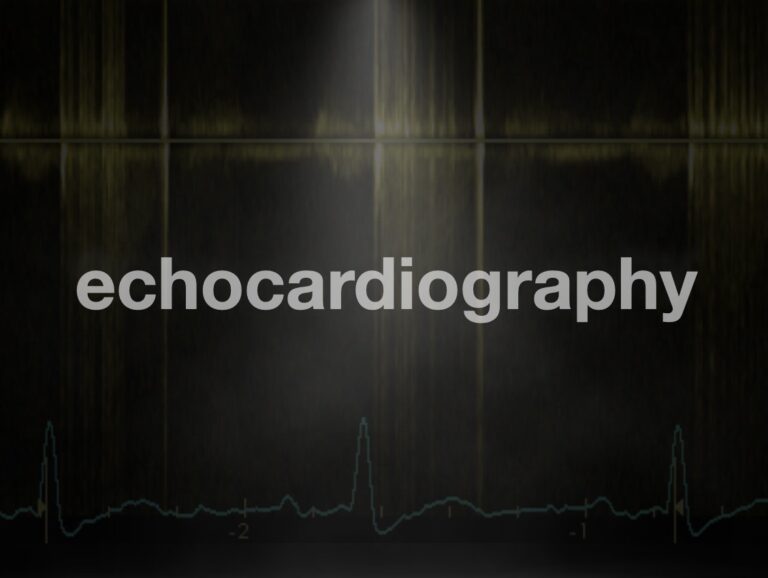
Echo basics: Mitral Stenosis
Echocardiography basics. Grading and quantifying mitral stenosis (MS) with planimetry, pulsed wave Doppler, PHT and Continuity Equation Method

Echocardiography basics. Grading and quantifying mitral stenosis (MS) with planimetry, pulsed wave Doppler, PHT and Continuity Equation Method
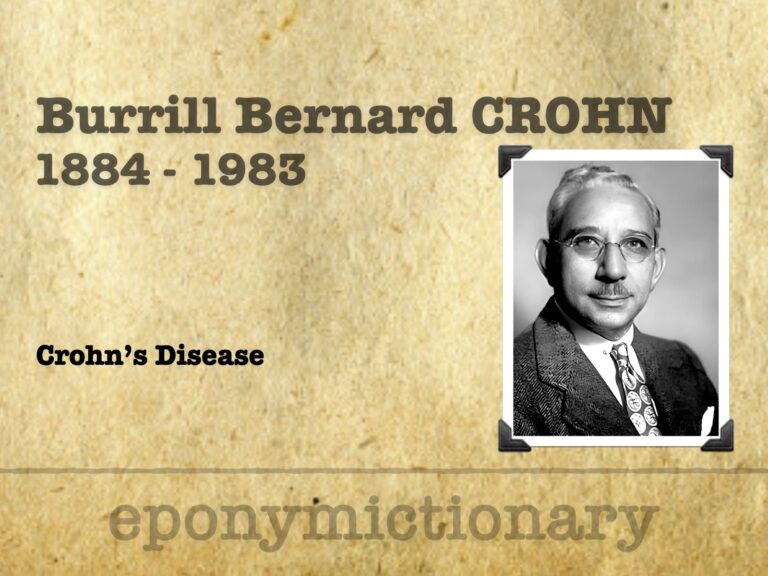
Burrill B. Crohn (1884–1983), pioneering gastroenterologist and namesake of Crohn’s disease. Discover his life, work, and medical legacy
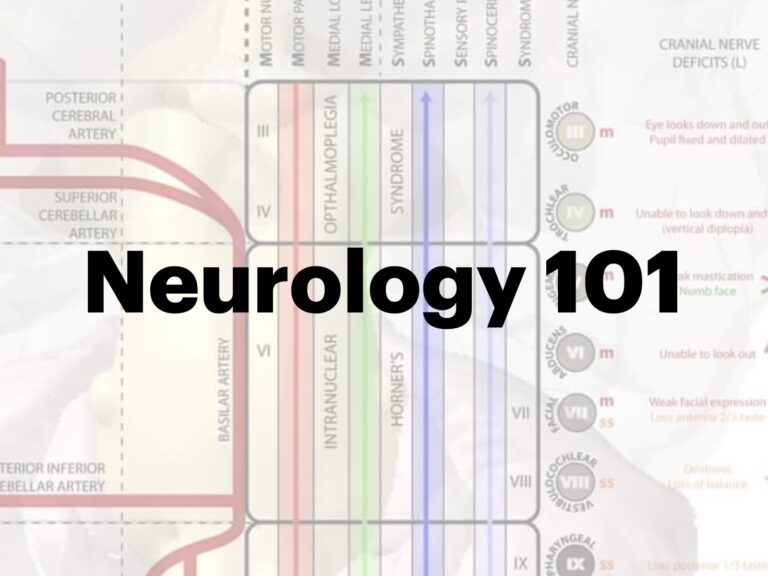
Neuro 101: anatomical structure of the spinal cord and vertebral column, spinal nerve organisation, blood supply, motor and sensory pathways, clinical examination principles

Neuro 101: A brief overview of the cranial nerves, their function, methods of testing and common pathology
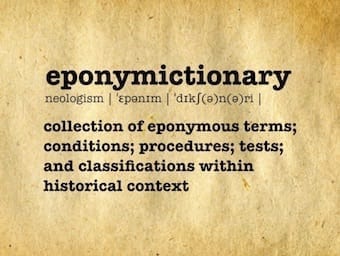
EGPA (Churg–Strauss syndrome): rare ANCA-associated vasculitis with asthma, eosinophilia, and systemic granulomatous inflammation of small vessels
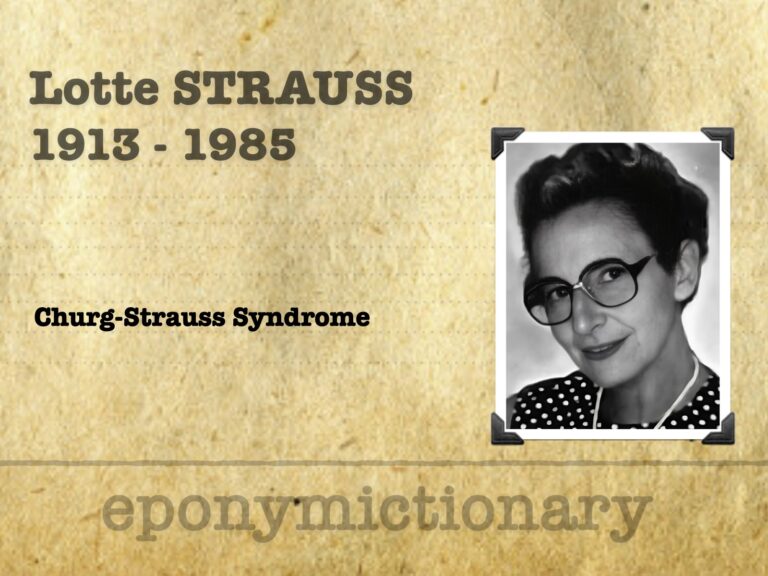
Lotte Strauss (1913–1985), pioneer in paediatric and perinatal pathology, co-described Churg–Strauss syndrome and helped found the Society for Pediatric Pathology
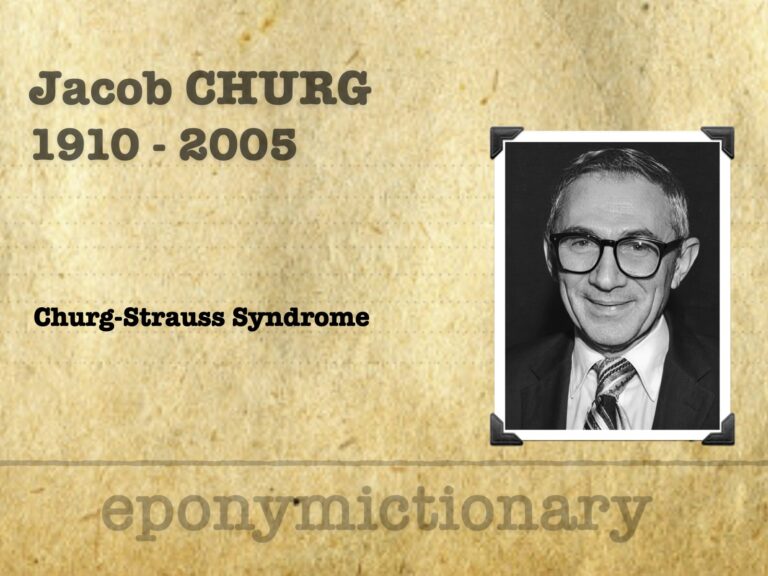
Jacob Churg (1910–2005), pioneering pathologist, co-described Churg–Strauss syndrome and transformed renal pathology through biopsy-based diagnostics
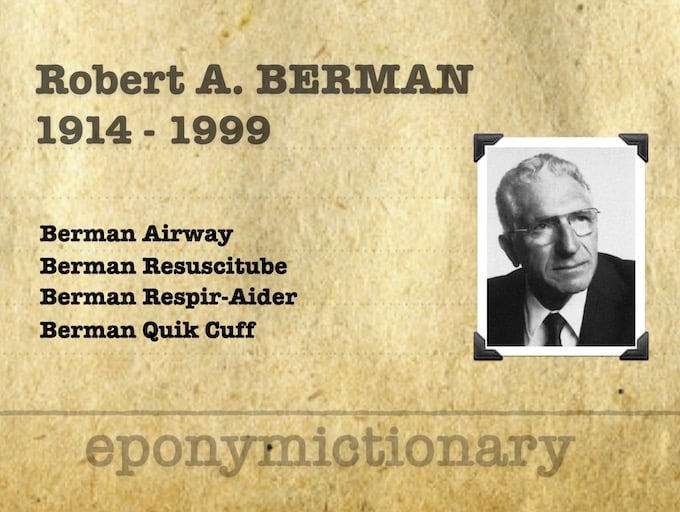
Robert Alvin Berman (1914-1999) was an American anesthesiologist and inventor including the Berman Airway, Quick Cuff and Respir-Aider

Mitral regurgitation (MR) is a common pathology detected during echocardiography. Accurate identification and grading rely heavily on colour and spectral Doppler imaging across multiple standard views.
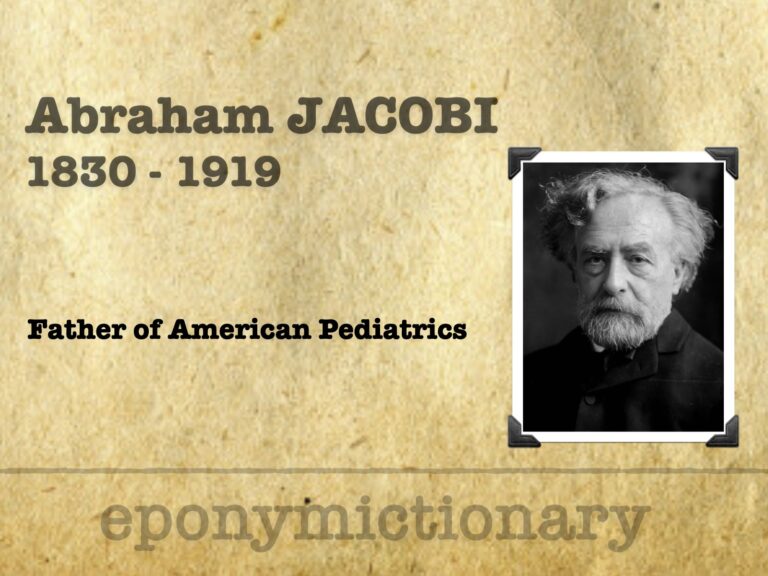
German-born American pediatrician Abraham Jacobi (1830–1919) founded U.S. pediatrics, led reform in child health, and shaped medical education and policy.

Neuro 101: The brainstem is organised into three regions: the medulla, pons, and midbrain. A review of pathology and syndromes
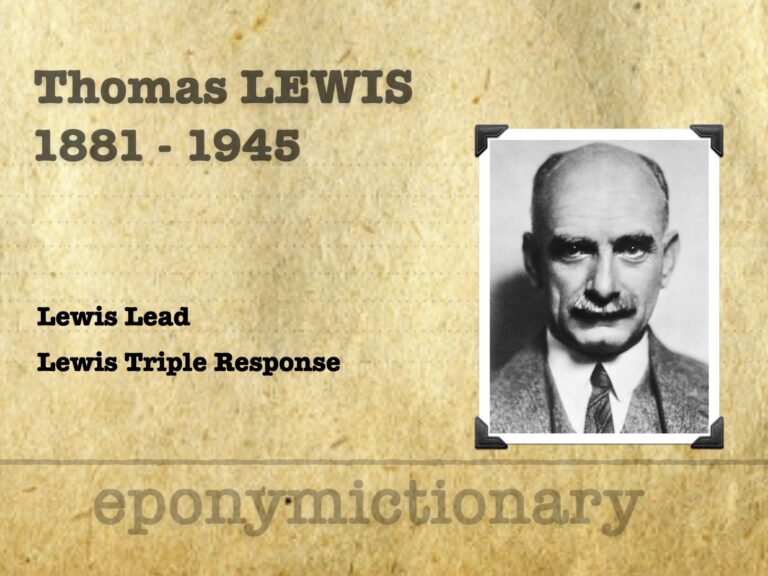
Pioneer of clinical cardiac electrophysiology, Sir Thomas Lewis (1881–1945) advanced ECG use, defined effort syndrome, and discovered the Lewis Triple Response.